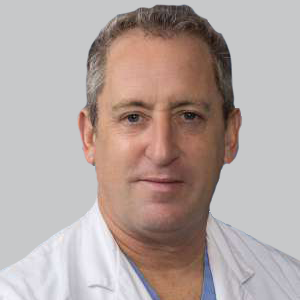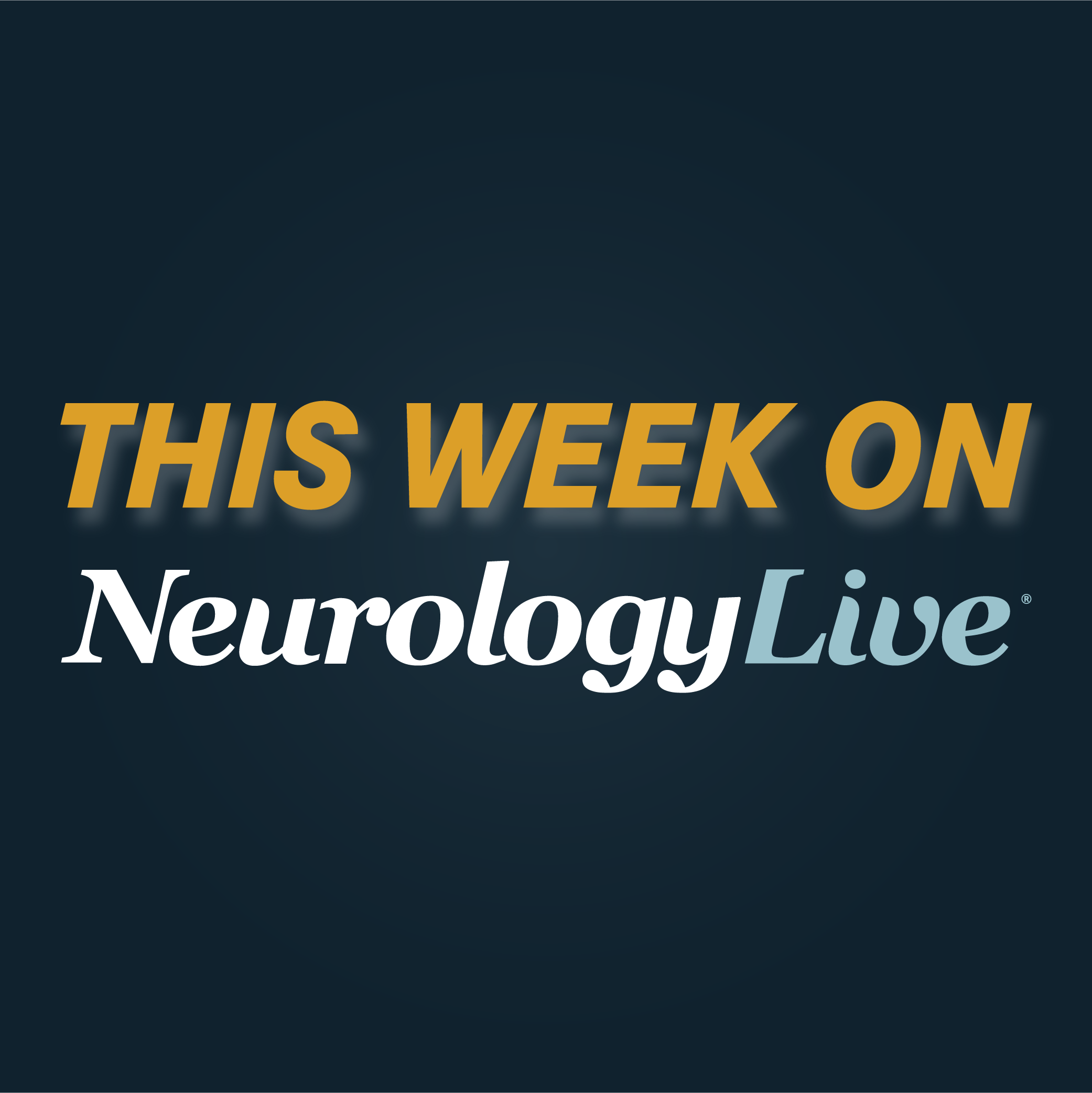News
Article
Phase 2 RESCUE Data Show RNS60 Reduces Stroke Infarct and Improves Outcomes
Author(s):
Key Takeaways
- RNS60 treatment in AIS patients reduced hospitalization time by 4.8 days and significantly attenuated infarct growth in the high-dose cohort.
- High-dose RNS60 led to better functional outcomes, with more patients discharged home and achieving independence at 90 days.
High doses of RNS60 led to greater number of patients with modified Rankin scale scores between 0-2, improved EQ-5D-5L index score, and enhanced NIHSS score at each pre-specified time point over placebo.
David S. Liebeskind, MD

Recently presented data from the phase 2 RESCUE trial (NCT04693715), a placebo-controlled study of investigational RNS60 (Revalesio) in patients with acute ischemic stroke (AIS), revealed that the treatment with the agent in addition to standard of care was safe, and led to reductions in hospitalization time and infarct volume growth. Overall, these data further support the development of the anti-inflammatory and cytoprotective treatment in larger phase 3 settings, which are currently in development.1,2
In this blinded, multicenter trial, 82 patients with AIS were randomly assigned to intravenous (IV) RNS60 0.5 mL/kg/h (low dose), RNS60 1.0 mL/kg/h (high dose), or placebo starting before completion of endovascular therapy (EVT). Presented at the 2025 American Academy of Neurology (AAN) Annual Meeting, held April 5-9, in San Diego, California, results showed that RNS60 treatment with SOC led to a 4.8-day reduction in the average amount of time spent in a hospital relative to those on placebo (P = .022). In addition, those in the high-dose cohort demonstrated a 50% attenuation in infarct growth, which was considered statistically significant (P <.05).
"Revalesio's choice to capture infarct growth post-EVT is a great example of how Phase 2 clinical trials should be designed to properly evaluate cytoprotective drugs with the use of imaging to confirm results," David S. Liebeskind, MD, director of the Neurovascular Imaging Research Core at UCLA, said in a statement.1 "I congratulate the investigators and Revalesio on their results and look forward to seeing RNS60 in a Phase 3 trial."
The study, lasting 90 days, randomly assigned patients for age, National Institutes of Health Stroke Scale (NIHSS), and ASPECTS score for each 48-hour treatment. As previously reported, the study met its primary end point of safety and mortality, with similar rates of serious adverse events (SAEs) and lower number of deaths in the RNS60 group compared with placebo.
Coming into the study, patients had a NIHSS score greater than 5, an ASPECTS score greater than 5, evidenced presence of penumbra/collaterals, and a pre-stroke modified Rankin Scale (mRS) score of 2 or less. In the latest data update, given during the “Emerging Stroke Therapies and Risk Stratification” talk, results showed that 55% of patients on high-dose RNS60 were discharged to their home whereas only 21% could say the same for placebo.
Using a dichotomized mRS, additional data revealed that 72% of RNS60-treated patients in the high dose cohort were independent at day 90 vs 37% of those on placebo. At 90 days, the high-dose cohort demonstrated 16% higher number of participants with mRS between 0-2 (OR, 3.7; P = .36), a higher number of participants with Barthel Index greater than 95 (high-dose: 71% vs placebo: 43%; OR, 5.8; P = .13), and improved EQ-5D-5L index score (high-dose: 0.74 [±0.13] vs placebo: 0.58 [±0.13]; P = .09) at each pre-specified time point. Furthermore, those in the RNS60 high dose cohort also had improved NIHSS score vs placebo as well.

RNS60 is an investigational therapeutic that employs a novel platform technology involving charge-stabilized nanostructures (CSNs) in saline. These nanostructures are designed to modulate cellular signaling pathways, including the regulation of inflammatory responses and oxidative stress, without the use of traditional pharmacological agents. RNS60 has been studied for its potential neuroprotective and anti-inflammatory effects, particularly in neurodegenerative and autoimmune conditions like multiple sclerosis, amyotrophic lateral sclerosis (ALS), and Alzheimer disease. By targeting dysregulated immune and cellular processes, RNS60 aims to provide a safer and innovative approach to treating diseases associated with chronic inflammation and oxidative damage.
A previously conducted phase 2 study of RNS60 in patients with ALS, published in the European Journal of Neurology, demonstrated positive effects on respiratory and bulbar function. Over 24 weeks of treatment, patients receiving RNS60 showed a slower decline in forced vital capacity (FVC) compared with placebo (difference, 0.41 per week; P = .0101) and significant improvement in the eating and drinking domain of the ALS Assessment Questionnaire-40 (difference, –0.19 per week; P = .0319). Additionally, a post-hoc analysis revealed that neurofilament light chain remained stable in bulbar-onset patients treated with RNS60 but increased in those on placebo.3
Click here for more AAN 2025 coverage.
























